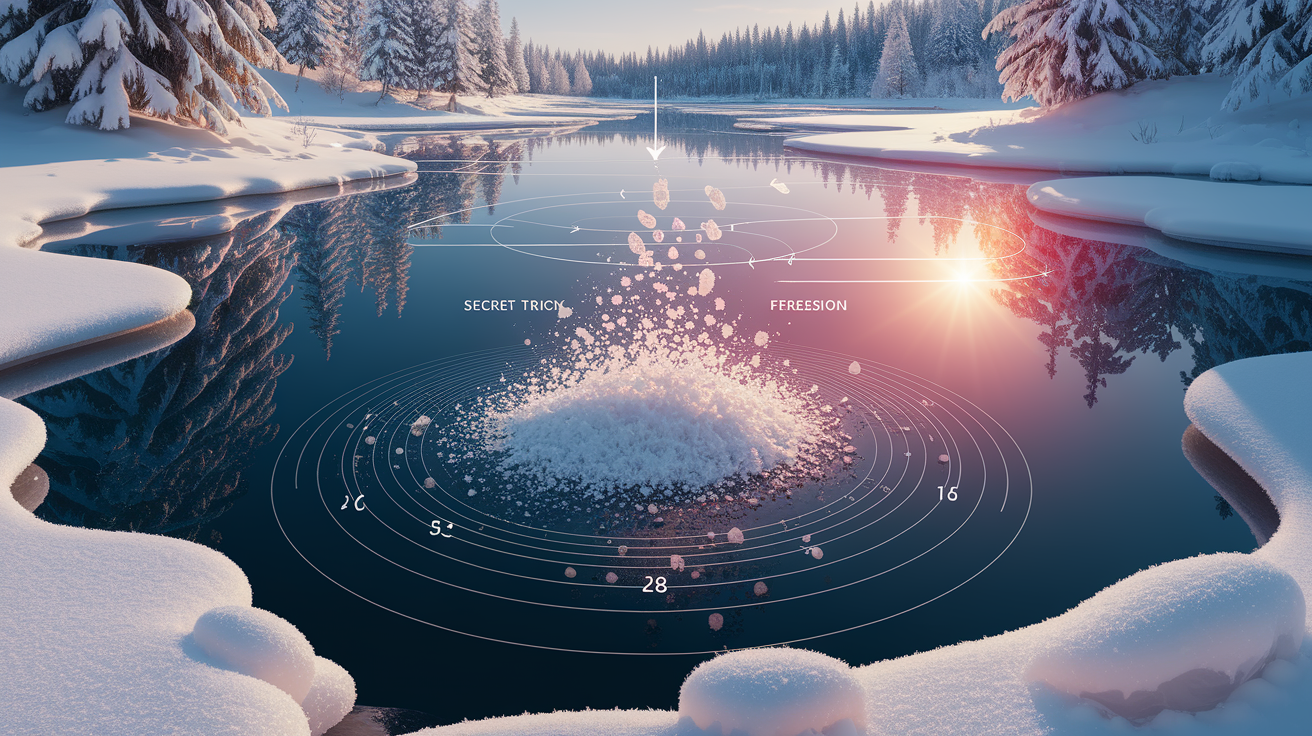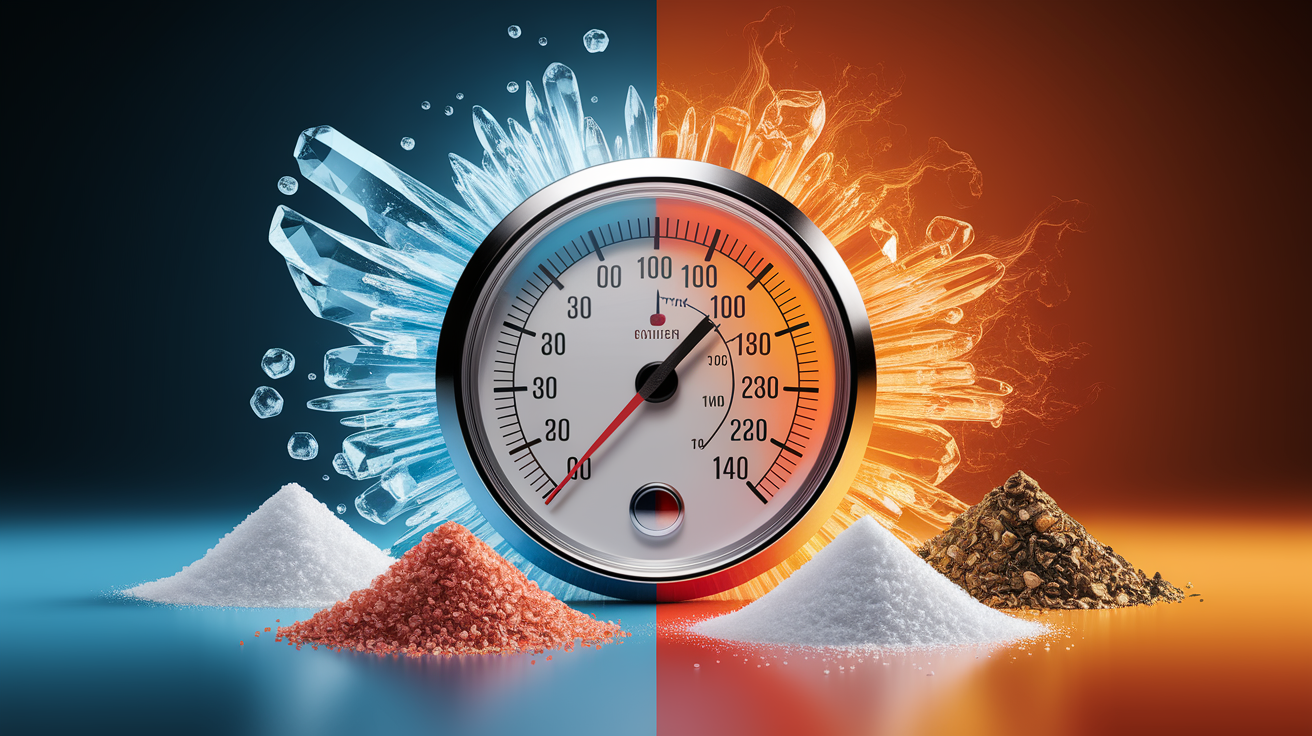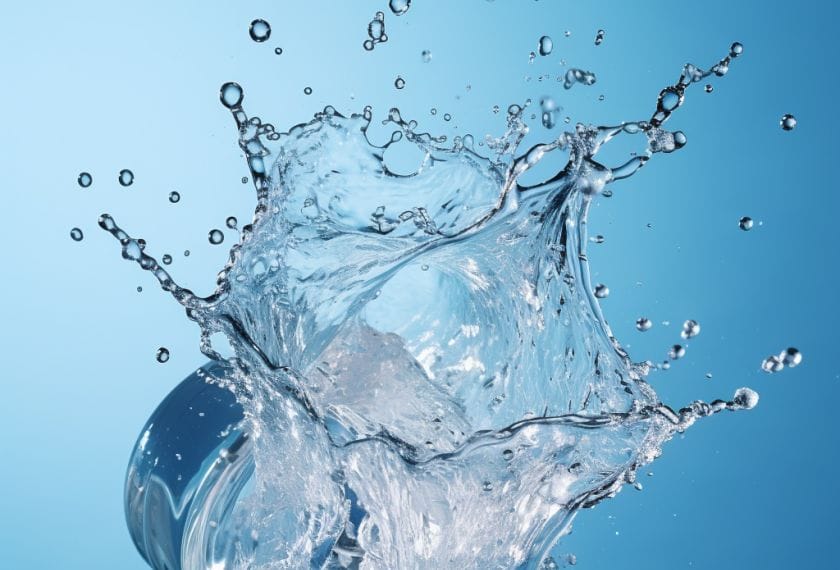Quick Answer: Salt melts ice by lowering the freezing point of water, a process known as freezing point depression. When salt is sprinkled on ice, it interferes with water molecules’ ability to lock into a solid crystal, keeping it liquid at temperatures below 32°F (0°C). This makes it a go-to tool for safe winter travel and snow removal.
Salt’s Secret Trick: Freezing Point Depression Explained
At its core, the magic of salt on slippery sidewalks comes down to chemistry. Normally, water freezes at 32°F (0°C). But when you add salt, the freezing point drops—sometimes by more than 20 degrees. This is called freezing point depression.

Here’s what happens:
- Salt dissolves into the thin layer of liquid water that is always present on ice’s surface.
- It forms ions that disrupt the hydrogen bonds between water molecules.
- This interference prevents those molecules from aligning into the orderly crystalline structure of ice.
- Because the freezing point is now lower, existing ice melts to reach the new equilibrium between frozen and liquid phases.
The more salt particles (ions) in the liquid, the greater the depression of the freezing point, making ice melt faster in many winter weather conditions.
Ion Interference: How Sodium and Chloride Break Ice
Sodium chloride (NaCl), the most common road salt, splits into sodium (Na⁺) and chloride (Cl⁻) ions when it dissolves. This dissociation is key to its ice-busting powers.

As explained by chemists, these ions wedge themselves between water molecules, disrupting the freeze-friendly hydrogen bonding network. Without that tight molecular handshake, ice has trouble forming—and existing ice begins converting into liquid water, or brine.
Other salts, like calcium chloride (CaCl₂), deliver even more ions per unit. One formula unit of CaCl₂ produces three ions, which disrupt more bonds and lower the freezing point further. That’s why these salts can work at colder temperatures than sodium chloride, and why magnesium chloride is also favored in deep freezes.
Temperature Limits and Salting Alternatives
Salt doesn’t work indefinitely in the cold. Sodium chloride loses much of its effectiveness below about 15°F (-9°C). That’s when alternatives kick in:

- Calcium chloride: Works well down to -25°F (-32°C).
- Magnesium chloride: Remains effective to about -5°F (-21°C).
- Sand: Doesn’t melt ice, but improves traction on surfaces where chemical options fail.
Choosing the right deicing method depends on the temperature and the surface. For very low temperatures, calcium and magnesium chlorides outperform regular rock salt because they produce more ions and greater freezing point depression.
Smart Salting: Maximizing Effect and Minimizing Impact
Road crews and homeowners apply salt not just to melt existing ice, but to prevent it from forming in the first place. Sprinkling salt before a storm can help keep snow from bonding strongly to pavement, making shoveling easier afterward.

For best results, consider these tips based on practical guidelines:
- Use smaller crystal sizes for faster melting—more surface area means quicker dissolution.
- Apply only as much as needed to create a brine layer; overuse wastes product and increases environmental harm.
- Store salt in a dry place to prevent clumping and reduced effectiveness.
Excessive salt use can push sodium and chloride into soil and waterways, harming plants and aquatic life. That’s why agencies increasingly combine chemical deicers with mechanical snow removal or temperature-specific formulations.
From Frost to Flow: Salt’s Winter Win
Salt doesn’t work by heating ice—it works by changing the rules of when water will stay liquid or turn solid. By sprinkling a bit of chemistry onto roads and sidewalks, we tip the balance toward melting through freezing point depression and ion interference. Whether it’s sodium chloride on a chilly city street or calcium chloride in an Arctic cold snap, smart use of these ionic compounds keeps winter travel safer and sidewalks clearer through the science of phase change.














